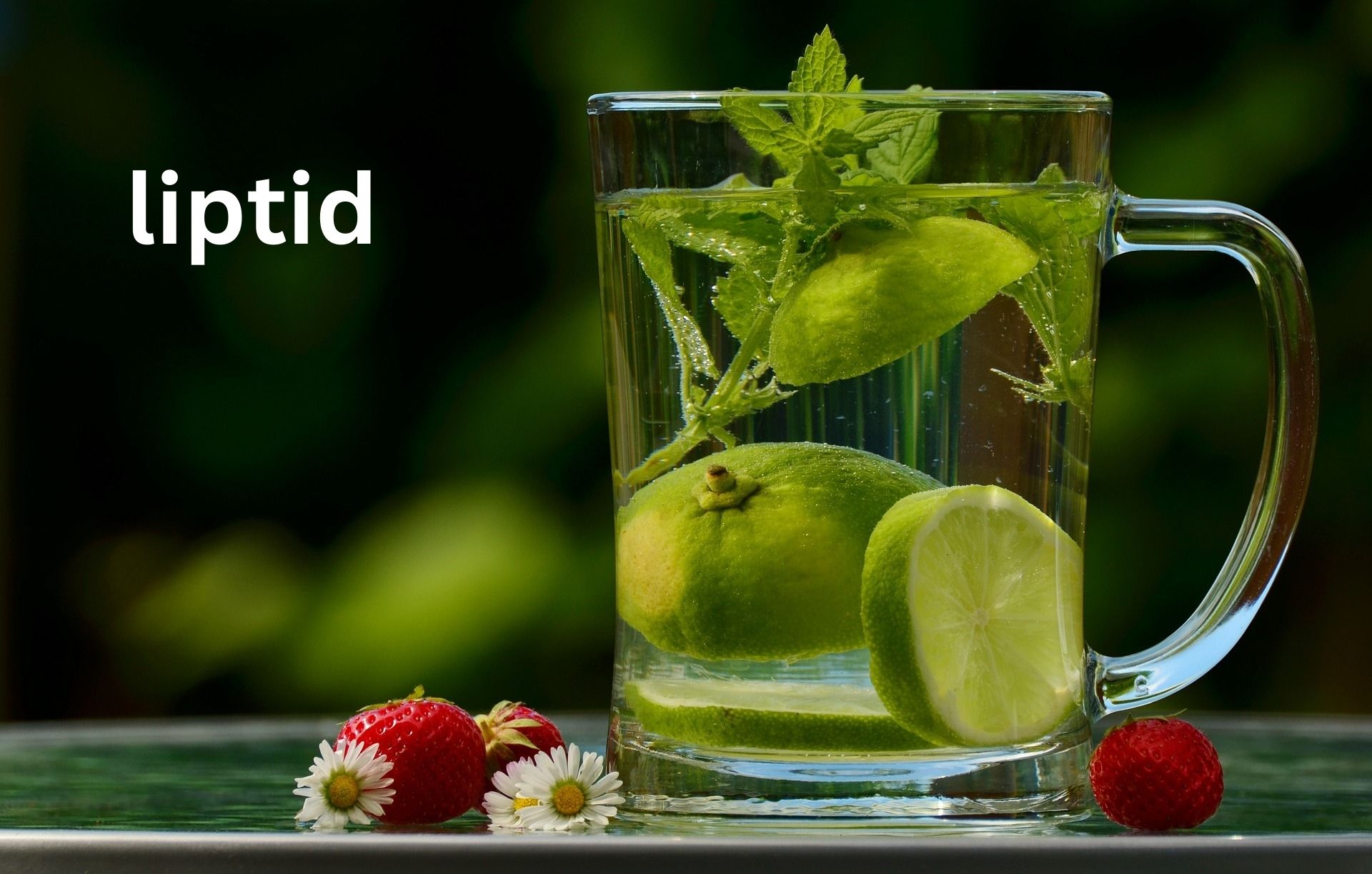Are you curious about Peñiculs and their role in our daily lives? Join me on an exploration of Peñiculs, diving into their rich history, diverse types, and wide-ranging uses. In this comprehensive guide, we’ll uncover the evolution of Peñiculs from ancient times to the present day, their various classifications based on function and materials, the intricate manufacturing processes involved, and their extensive applications across different domains.

We’ll also delve into the benefits they offer, sustainability concerns surrounding their production, essential factors to consider when choosing a Peñicul, and how to maintain and repair these versatile tools. By the end of this journey, you’ll have a deep understanding of Peñiculs and be equipped to make informed decisions about their use in your life.
Contents
History of Peñiculs
Peñiculs have a fascinating history that spans centuries, evolving from simple tools crafted in ancient times to sophisticated instruments tailored to modern needs. We’ll explore the key historical milestones that have shaped the development of Peñiculs, highlighting their cultural significance and enduring legacy.
From the earliest civilizations to contemporary societies, Peñiculs have been an integral part of human innovation and progress. Ancient civilizations used rudimentary Peñiculs crafted from natural materials like wood, stone, and bone for various tasks such as hunting, cooking, and crafting. Over time, these tools evolved in design and functionality, reflecting advancements in craftsmanship, materials, and technological innovations.
The industrial revolution marked a significant turning point in Peñicul production, with mass manufacturing techniques leading to the production of standardized Peñiculs for widespread use. Modern materials such as plastics, composites, and alloys revolutionized the Peñicul industry, offering enhanced durability, versatility, and precision.
Classification of Peñiculs
Peñiculs come in various types and serve different functions, ranging from household chores to industrial applications and artistic endeavors. We’ll categorize Peñiculs based on their primary function and the materials used in their construction, shedding light on their versatility and adaptability.
Based on Primary Function
- Household Peñiculs: These Peñiculs are designed for everyday tasks such as cooking, cleaning, gardening, and home maintenance. They include kitchen utensils, cleaning tools, gardening implements, and more.
- Industrial Peñiculs: Industrial Peñiculs are robust tools used in manufacturing, construction, engineering, and other industrial sectors. They are designed to withstand heavy-duty use and often feature specialized functions for specific tasks.
- Artistic Peñiculs: Artists and craftsmen use Peñiculs as creative tools in various art forms such as sculpting, painting, woodworking, and metalworking. These Peñiculs emphasize aesthetics, precision, and functionality in artistic endeavors.
Material-Based Classification
Peñiculs can also be classified based on the materials used in their construction, which influence their durability, performance, and suitability for different tasks.
- Traditional Materials: Historically, Peñiculs were crafted from natural materials like wood, stone, bone, and metals such as iron and copper. These materials offered durability and functionality but were often limited in terms of design flexibility and resistance to wear.
- Modern Materials: With advancements in materials science and engineering, modern Peñiculs are made from synthetic materials such as plastics, fiberglass, carbon fiber, and alloys. These materials offer superior durability, lightweight construction, corrosion resistance, and enhanced ergonomic designs.
Manufacturing Process of Peñiculs
Have you ever wondered how Peñiculs are made? We’ll take a closer look at the intricate manufacturing process involved in bringing these tools to life, from initial design and material selection to cutting, shaping, assembly, and the role of modern technology in streamlining production.
Design and Planning
The manufacturing process begins with detailed design and planning. Design engineers and craftsmen collaborate to create precise blueprints and specifications for each Peñicul type, considering factors such as functionality, ergonomics, aesthetics, and intended use. CAD (Computer-Aided Design) software is often used to create virtual models and simulations, allowing for iterative refinement and optimization of Peñicul designs.
Material Selection
Once the design phase is complete, the next step is material selection. The choice of materials depends on the Peñicul’s intended function, performance requirements, durability, cost considerations, and environmental factors. For example, household Peñiculs may be made from food-grade plastics, stainless steel, or heat-resistant ceramics, while industrial Peñiculs may require high-strength alloys or reinforced composites.
Cutting, Shaping, and Assembly
After selecting the appropriate materials, the manufacturing process moves to cutting, shaping, and assembly stages. Advanced machining techniques such as CNC (Computer Numerical Control) machining, laser cutting, injection molding, and forging are used to fabricate Peñiculs with precision and consistency. Skilled craftsmen and automated assembly lines ensure that components are accurately shaped, fitted, and assembled to meet the design specifications.
Role of Modern Technology in Manufacturing
Modern technology plays a pivotal role in optimizing the manufacturing process and enhancing Peñicul quality. Robotics, automation, and smart manufacturing systems improve efficiency, reduce production time, minimize waste, and ensure consistent product quality. Quality control measures such as inspections, testing, and certification ensure that Peñiculs meet industry standards and customer expectations.
Applications of Peñiculs
Peñiculs find wide-ranging applications across various domains, including households, industries, and creative projects. We’ll explore the diverse uses of Peñiculs and how they contribute to enhancing efficiency, productivity, and creativity in different settings.
Household Applications
In households, Peñiculs are indispensable tools used for a myriad of tasks:
- Kitchen Utensils: Cooking utensils such as knives, spatulas, ladles, and cutting boards are essential Peñiculs in every kitchen.
- Cleaning Tools: Brooms, mops, scrub brushes, and vacuum cleaners are household Peñiculs used for maintaining cleanliness.
- Gardening Implements: Shovels, rakes, pruning shears, and watering cans are essential for gardening and landscaping.
- Home Maintenance Tools: Hammers, screwdrivers, wrenches, and power tools are used for DIY projects and home repairs.
The versatility of household Peñiculs makes them indispensable for daily chores, cooking, home improvement, and gardening activities.
Industrial Uses
In industrial settings, Peñiculs play vital roles in manufacturing, construction, maintenance, and repair operations:
- Manufacturing Tools: CNC machines, lathes, drills, saws, and milling machines are industrial Peñiculs used for precision machining and fabrication.
- Construction Equipment: Cranes, bulldozers, excavators, and power tools are essential for building, infrastructure development, and renovation projects.
- Maintenance and Repair Tools: Wrenches, sockets, impact drivers, and diagnostic equipment are used for equipment maintenance and troubleshooting in industrial facilities.
Industrial Peñiculs are designed for durability, reliability, and efficiency in heavy-duty applications.
Creative and Artistic Uses
Artists, craftsmen, and hobbyists use Peñiculs as creative tools in various art forms and DIY projects:
- Sculpting Tools: Chisels, sculpting knives, rasps, and carving tools are used for sculpting clay, wood, stone, and other materials.
- Painting Supplies: Brushes, palettes, easels, and painting knives are essential for painting, drawing, and mixed media artwork.
- Woodworking Tools: Planes, chisels, saws, and routers are used for woodworking projects, furniture making, and carpentry.
- Metalworking Tools: Files, grinders, welding equipment, and metal cutters are used for metal fabrication, welding, and metal artistry.
Peñiculs empower artists and craftsmen to express their creativity, transform materials, and bring their artistic visions to life.
Benefits of Peñiculs
What makes Peñiculs so indispensable? We’ll uncover the numerous benefits they offer, from their durability and reliability to their cost-effectiveness, cultural significance, and regional variations, making them invaluable tools in our daily lives.
Durability and Reliability
Peñiculs are engineered for durability, with robust construction and high-quality materials that withstand wear, impact, and environmental conditions. Whether used in households, industries, or artistic endeavors, Peñiculs deliver consistent performance and longevity.
Versatility in Various Tasks
One of the key strengths of Peñiculs is their versatility. They can perform multiple tasks across different domains, eliminating the need for specialized tools and streamlining workflows. From cutting and shaping to assembling and repairing, Peñiculs excel in diverse applications.
Cost-Effectiveness
Despite their durability and versatility, Peñiculs are often cost-effective, providing excellent value for money. Their long lifespan, minimal maintenance requirements, and multi-functionality make them economical choices for individuals, businesses, and organizations.
Cultural Significance and Regional Variations
Peñiculs hold cultural significance in various regions, reflecting local craftsmanship, traditions, and heritage. Different cultures have unique types of Peñiculs tailored to their specific needs, preferences, and aesthetic styles. Regional variations in Peñicul design and usage add depth to their cultural heritage and historical legacy.
Sustainability Concerns
As we embrace sustainability, it’s essential to consider the environmental impact of Peñicul production and disposal. We’ll discuss eco-friendly alternatives and modern design trends that promote sustainability without compromising functionality.
Environmental Impact of Peñicul Production
The production of Peñiculs can have environmental consequences, including resource depletion, energy consumption, waste generation, and pollution. Traditional manufacturing processes may rely on non-renewable resources, hazardous chemicals, and inefficient production methods that contribute to environmental degradation.
Eco-Friendly Alternatives and Modern Design Trends
To address sustainability concerns, manufacturers are adopting eco-friendly alternatives and modern design practices:
- Sustainable Materials: Eco-friendly Peñiculs are made from renewable, recyclable, and biodegradable materials such as bamboo, recycled plastics, natural fibers, and low-impact composites.
- Green Manufacturing: Sustainable manufacturing practices reduce energy consumption, minimize waste, optimize resource use, and incorporate eco-friendly technologies such as 3D printing, additive manufacturing, and lean production methods.
- Circular Economy: Embracing a circular economy model involves extending the lifespan of Peñiculs through repair, refurbishment, recycling, and upcycling initiatives. It promotes resource conservation, waste reduction, and sustainable consumption patterns.
Modern design trends focus on sustainability, functionality, aesthetics, and user experience, creating Peñiculs that are environmentally friendly, ergonomic, and visually appealing.
Factors to Consider when Choosing a Peñicul
Choosing the right Peñicul requires careful consideration of factors such as material, design, intended use, and price. We’ll provide tips for making informed choices and maintaining your Peñicul for long-term use.
Material
Select a Peñicul made from durable, sustainable, and suitable materials for your specific application. Consider factors such as strength, corrosion resistance, thermal conductivity, and environmental impact when choosing materials.
Design
Evaluate the design features of a Peñicul, including ergonomics, functionality, safety, and aesthetics. Choose a design that enhances usability, comfort, and performance while minimizing potential risks and user fatigue.
Intended Use
Identify the primary tasks and applications for which you need a Peñicul. Consider the tool’s capabilities, specifications, and compatibility with your work requirements to ensure optimal performance and efficiency.
Price
Compare prices and value propositions of different Peñicul brands and models. Balance cost considerations with quality, durability, and long-term benefits to make a cost-effective investment in a Peñicul that meets your needs.
Maintenance and Repair of Peñiculs
Regular maintenance is key to ensuring the longevity and optimal performance of Peñiculs. We’ll share essential maintenance tips, troubleshoot common issues, and highlight the importance of professional repair services when needed.
Proper Cleaning Techniques
Follow manufacturer-recommended cleaning techniques and use appropriate cleaning agents for your Peñicul’s material. Regular cleaning prevents dirt buildup, corrosion, and contamination, extending the tool’s lifespan and maintaining its functionality.
Storage Solutions
Store Peñiculs in a clean, dry, and well-ventilated environment to prevent rust, moisture damage, and deterioration. Use protective cases, racks, or storage containers to organize and protect Peñiculs from physical damage and environmental hazards.
Maintenance Tips
Perform routine inspections, lubrication, and adjustments to keep Peñiculs in optimal condition. Sharpen blades, replace worn parts, and tighten fasteners as needed to maintain performance, safety, and precision.
Troubleshooting Common Issues
Identify common issues such as dull edges, loose handles, malfunctioning mechanisms, and signs of wear. Address these issues promptly through preventive maintenance, repairs, or replacements to avoid further damage and ensure safe use.
Professional Repair Services
For complex issues or extensive damage, seek professional repair services from authorized technicians or service centers. Professional repairs ensure thorough diagnostics, quality repairs, genuine parts replacement, and compliance with safety standards.
Conclusion
In conclusion, Peñiculs are versatile tools that have stood the test of time, offering practical solutions to everyday tasks and contributing to our overall well-being. I encourage you to explore the world of Peñiculs further, make informed choices, and experience the enduring benefits they bring to your life. Whether you’re a homeowner, DIY enthusiast, artist, craftsman, or industrial professional, Peñiculs play a vital role in enhancing efficiency, productivity, and creativity across diverse applications. Let’s embrace the power of Peñiculs and make every task a masterpiece!
Frequently Asked Questions (FAQs) About Peñiculs
What are Peñiculs?
Peñiculs are versatile tools used for various tasks, ranging from household chores to industrial applications and artistic endeavors. They come in different types and materials, offering durability, reliability, and functionality.
How are Peñiculs classified?
Peñiculs can be classified based on their primary function (household, industrial, artistic) and the materials used in their construction (traditional vs. modern materials). These classifications help categorize Peñiculs according to their intended use and properties.
What are the benefits of using Peñiculs?
Peñiculs offer numerous benefits, including durability, versatility in tasks, cost-effectiveness, cultural significance, and regional variations. They are essential tools in daily life, contributing to efficiency, productivity, and creativity.
What factors should I consider when choosing a Peñicul?
When choosing a Peñicul, consider factors such as material, design, intended use, and price. Quality, durability, ergonomics, and suitability for specific tasks should guide your decision-making process.
How do I maintain and repair Peñiculs?
Proper maintenance involves regular cleaning, storage in appropriate conditions, and routine inspections. Troubleshoot common issues like dull edges or worn parts promptly. For complex repairs, seek professional repair services from authorized technicians.
Are there eco-friendly alternatives to Peñiculs?
Yes, eco-friendly Peñiculs made from sustainable materials such as bamboo, recycled plastics, and natural fibers are available. These alternatives promote environmental sustainability without compromising functionality or durability.
Where can I purchase authentic Peñiculs?
Authentic Peñiculs can be sourced from reputable suppliers specializing in tools and equipment. Ensure the authenticity and quality of the Peñicul before making a purchase, and consider customer reviews and recommendations.
Can Peñiculs be used for creative projects and artistic endeavors?
Absolutely! Peñiculs are used by artists, craftsmen, and hobbyists in various creative projects such as sculpting, painting, woodworking, and metalworking. They offer precision, control, and versatility in artistic expressions.
What are some safety considerations when using Peñiculs?
When using Peñiculs, follow safety guidelines such as wearing appropriate protective gear, using tools correctly, and storing them safely. Avoid misuse, overexertion, and exposure to hazardous materials or environments.
Are Peñiculs suitable for both beginners and professionals?
Yes, Peñiculs cater to a wide range of users, from beginners to professionals. Choose Peñiculs that match your skill level, tasks, and comfort preferences. Seek guidance from experienced users or professionals for best practices and tips.











